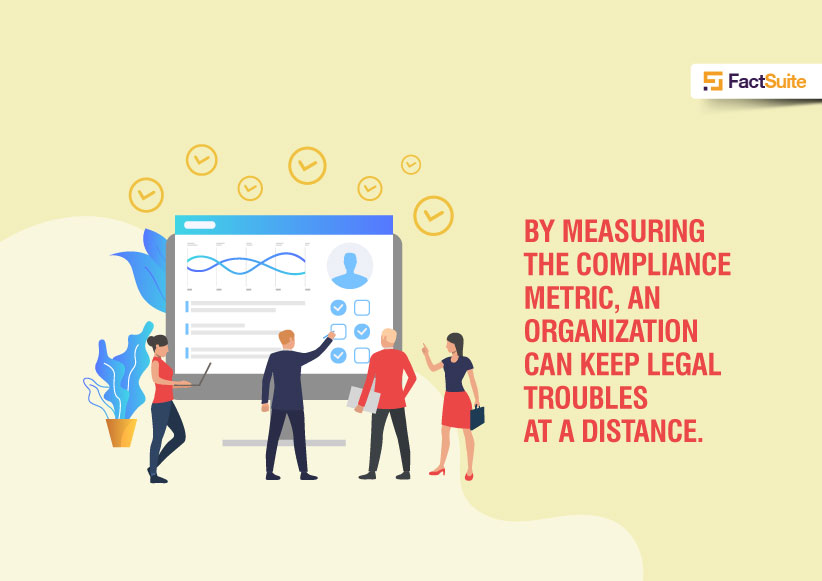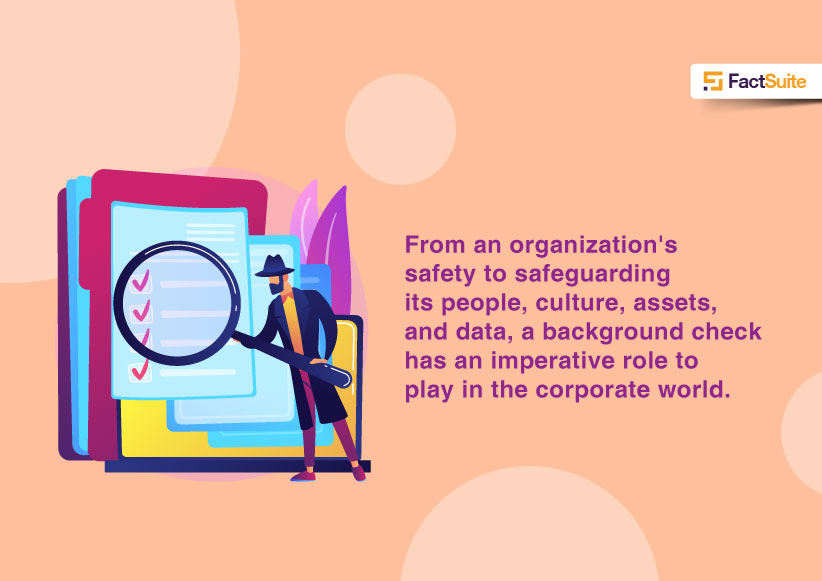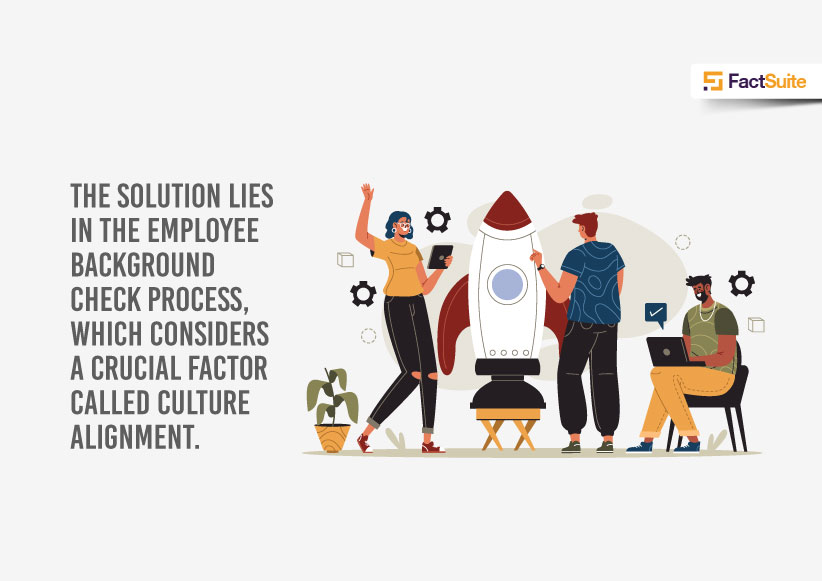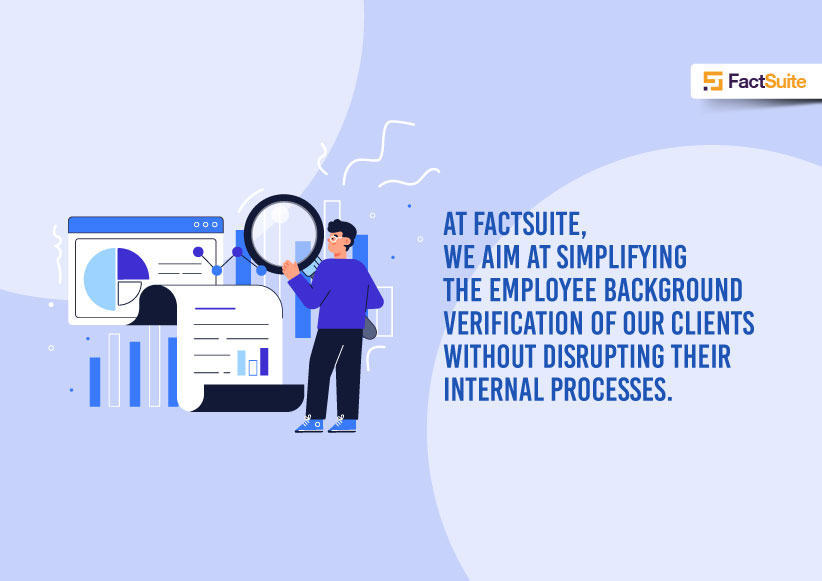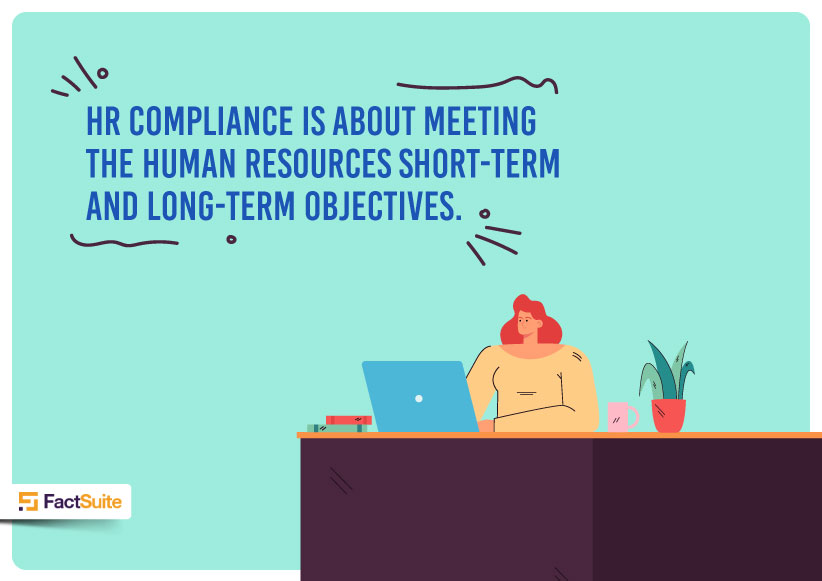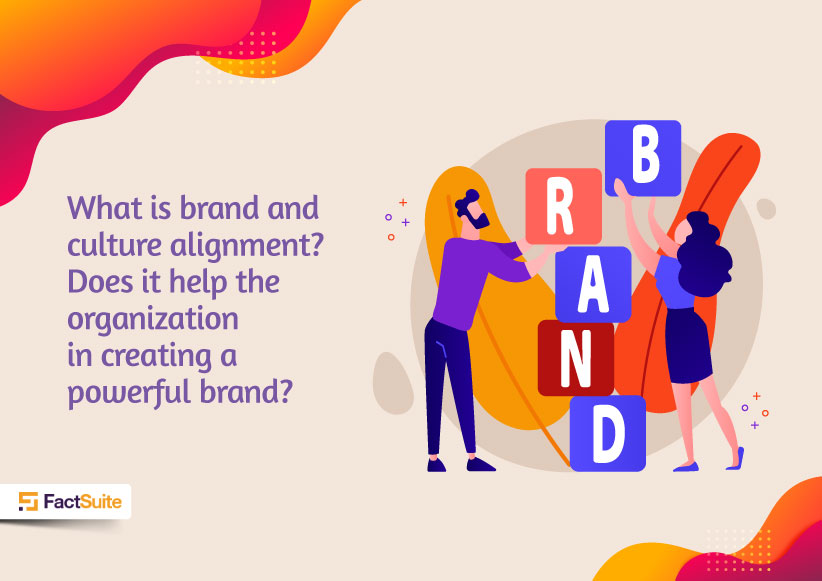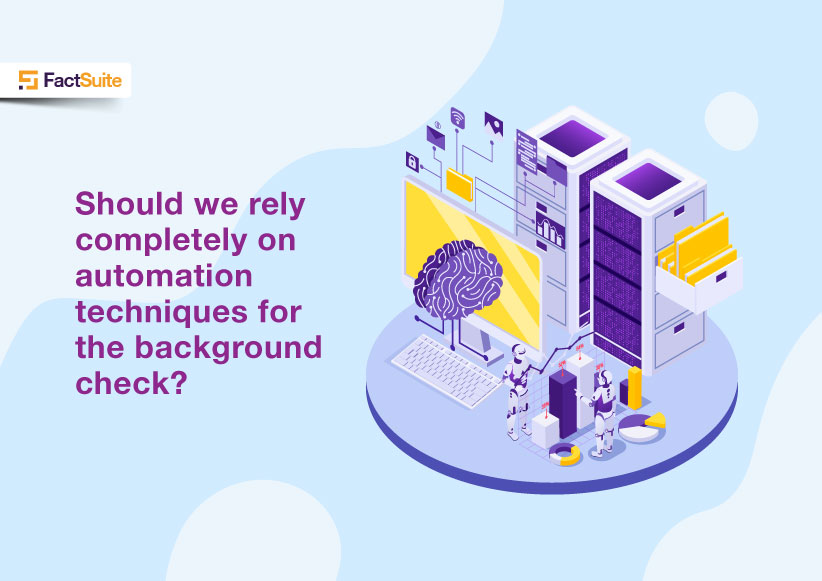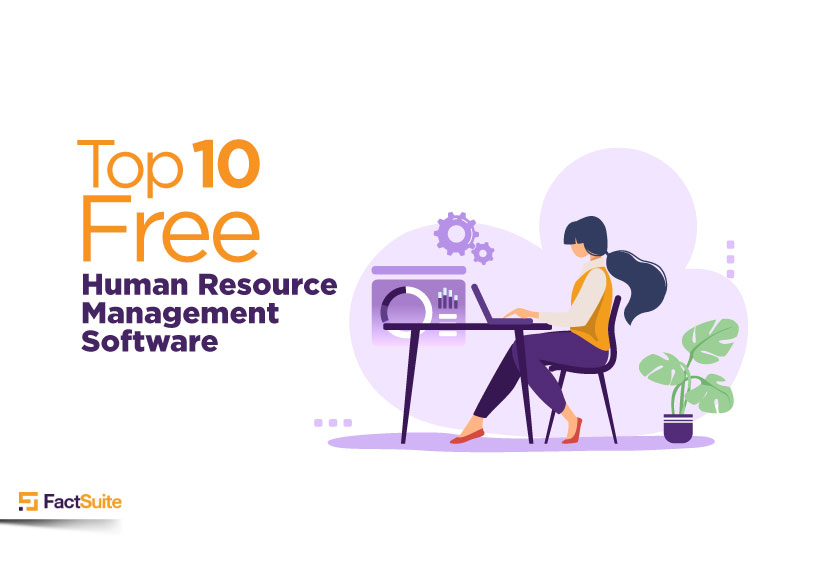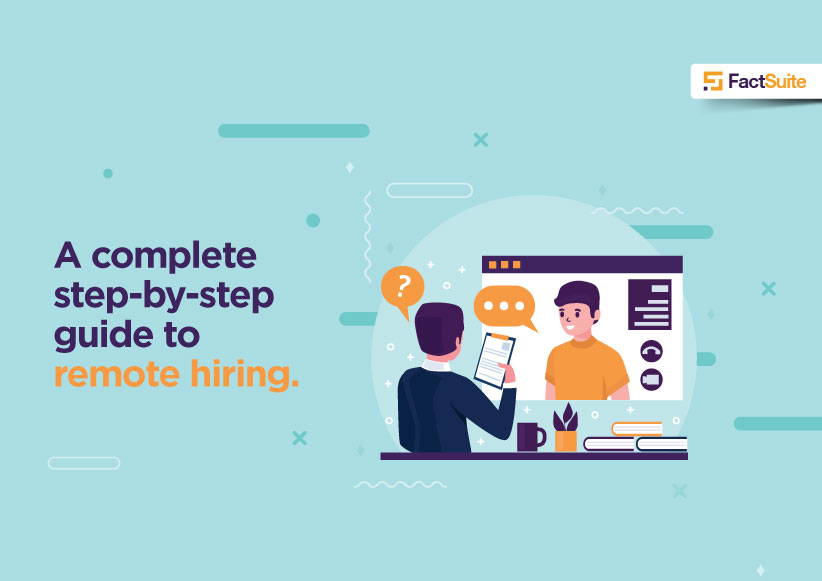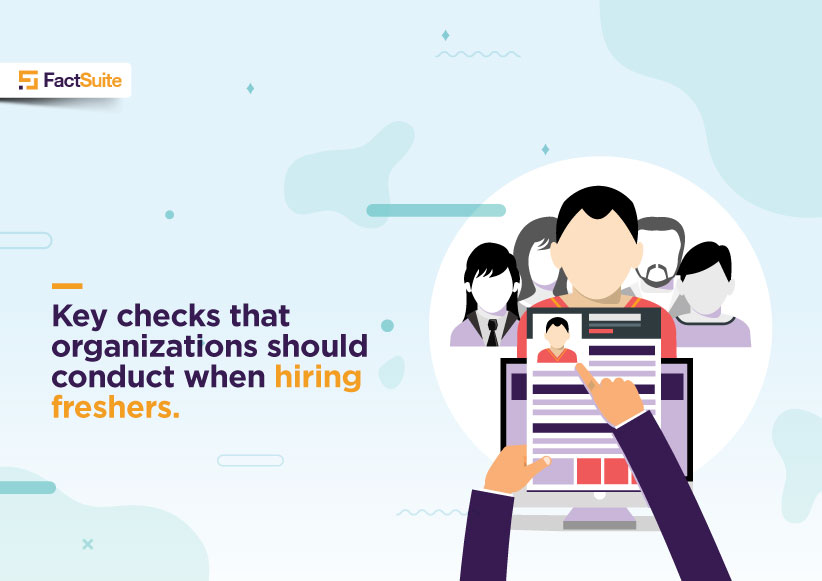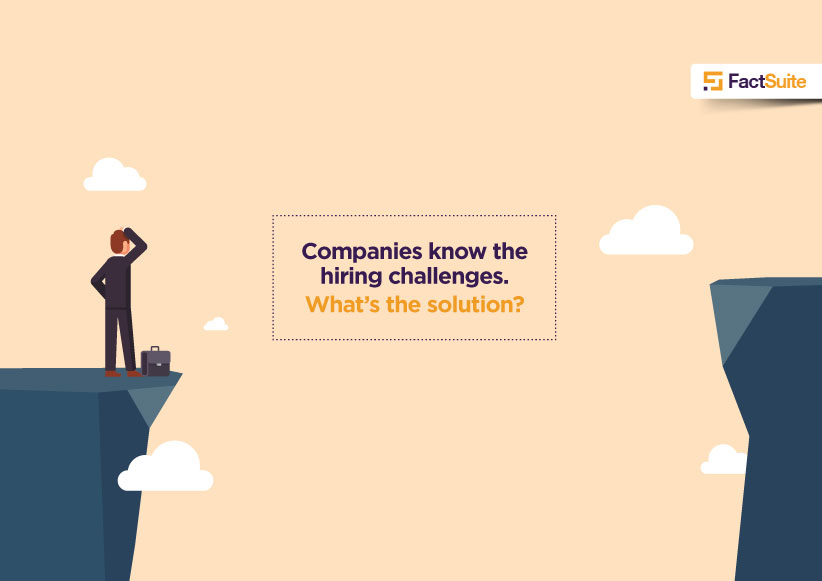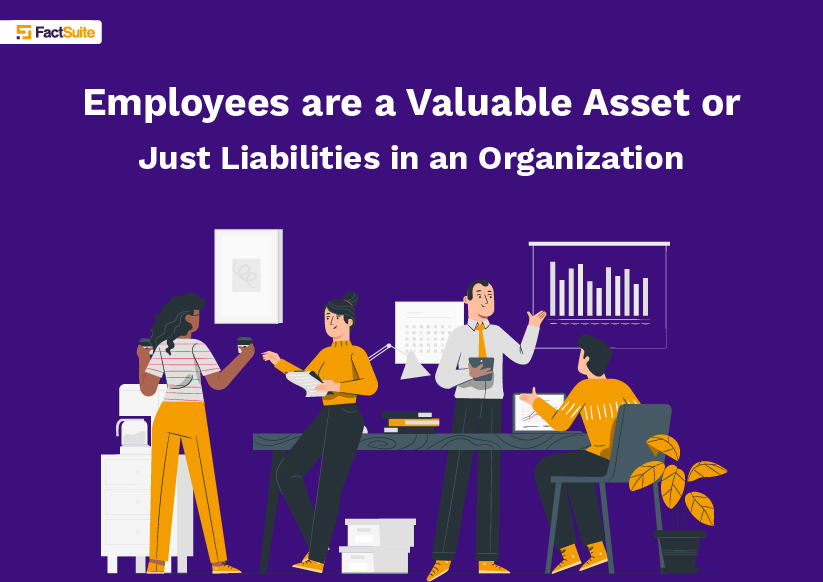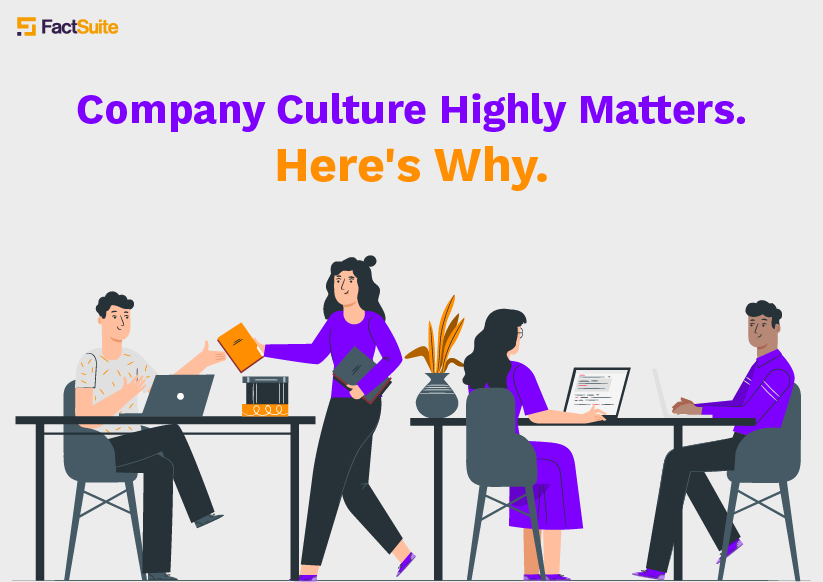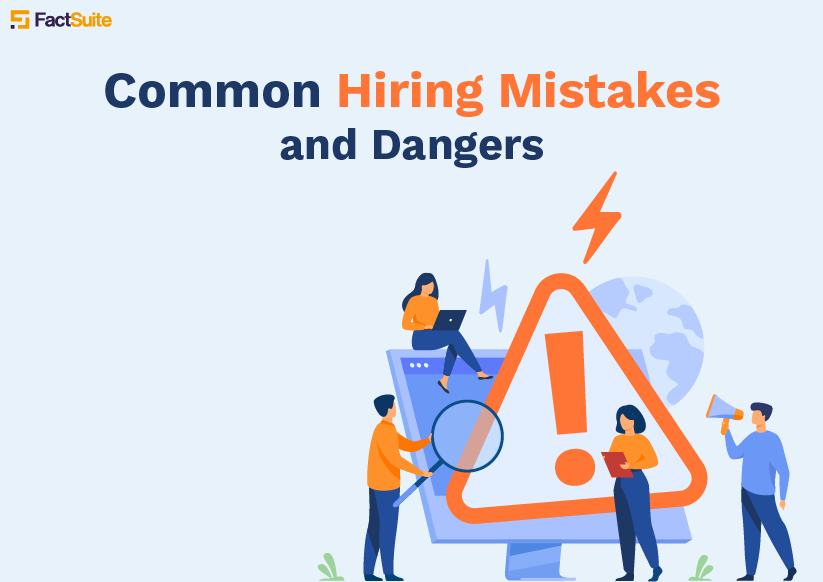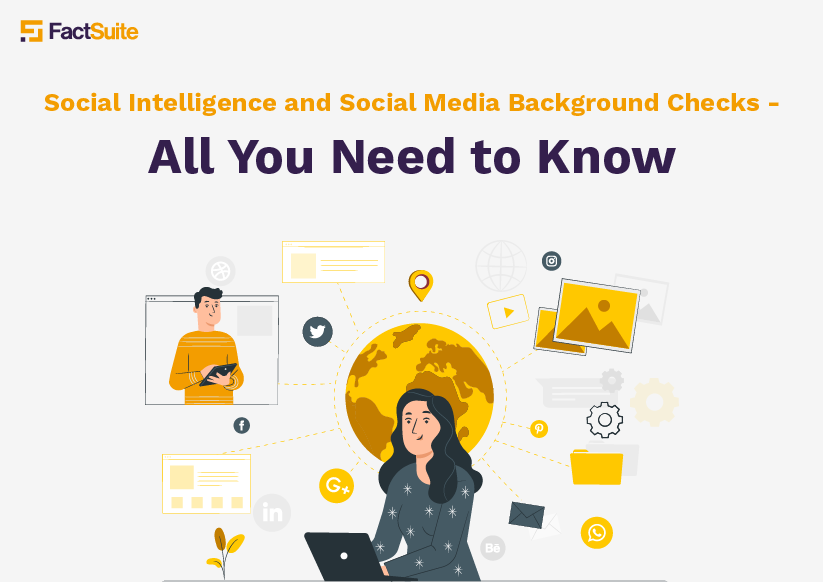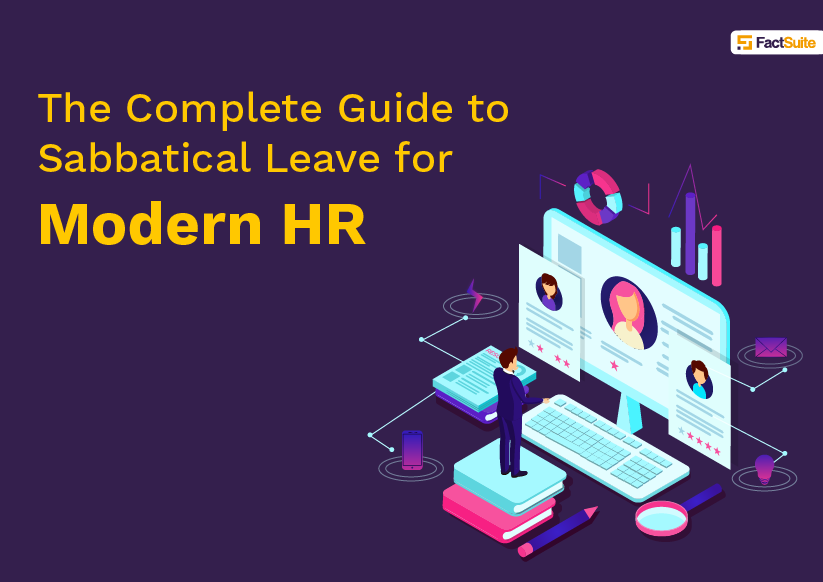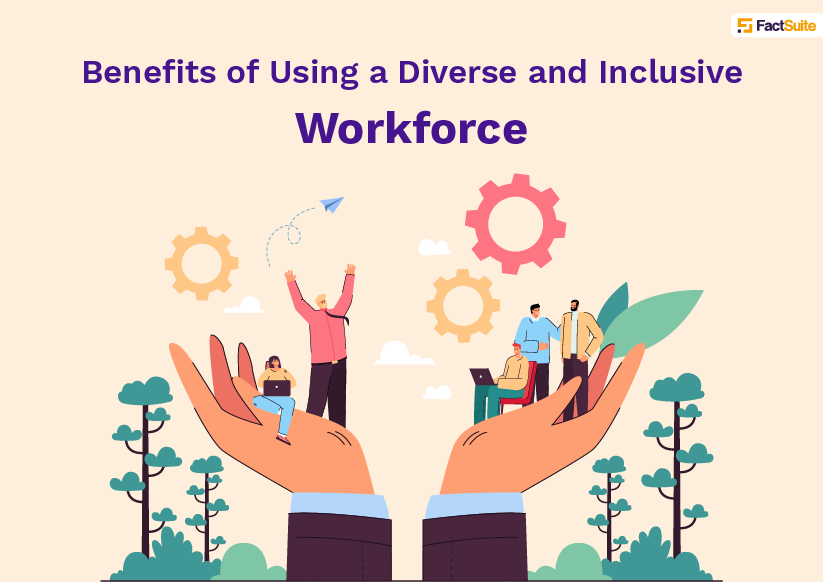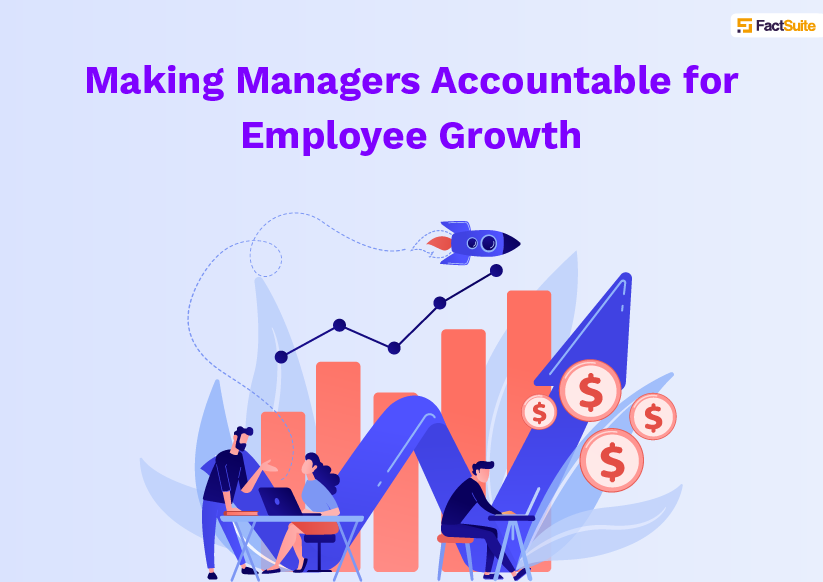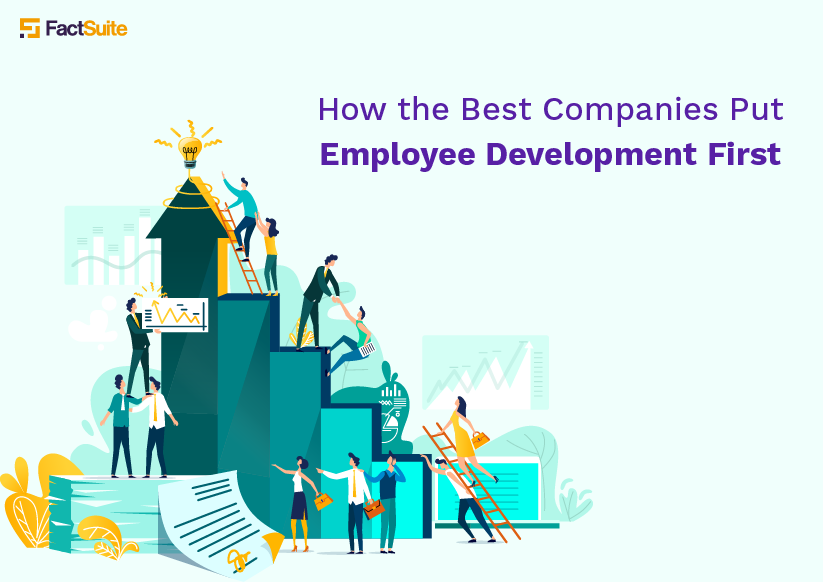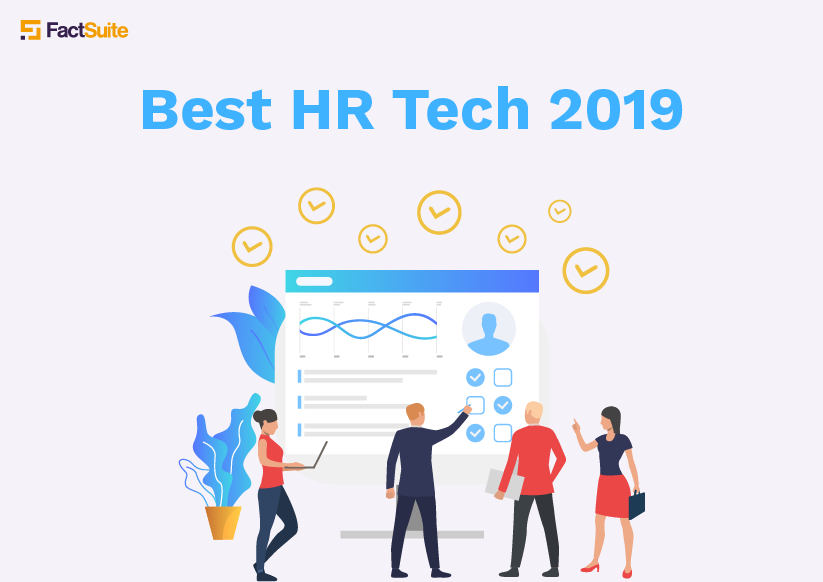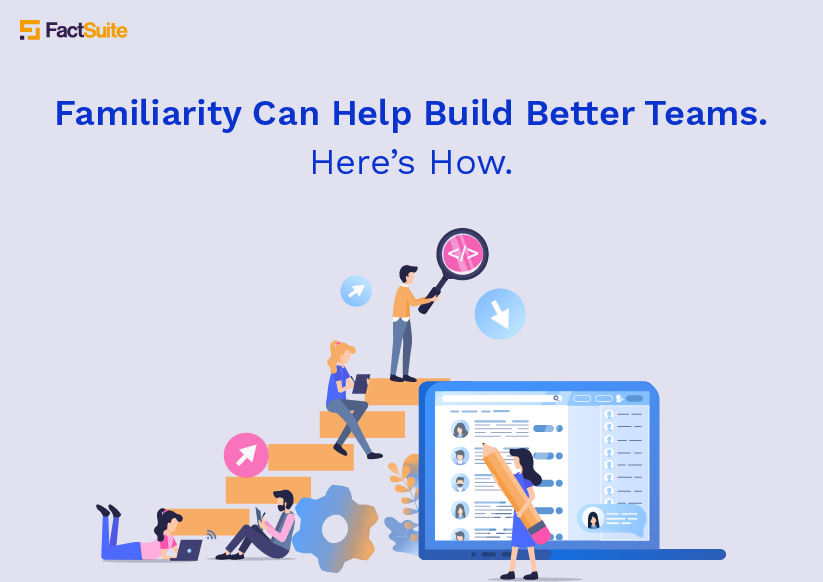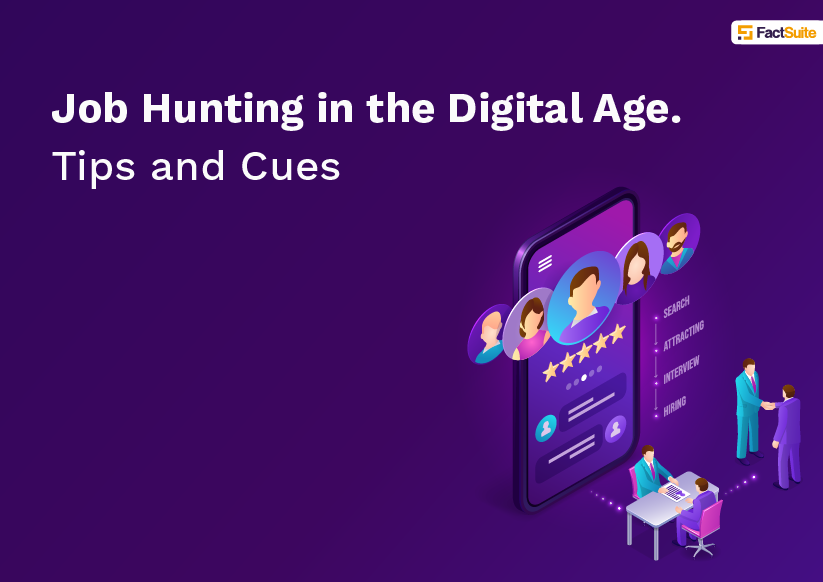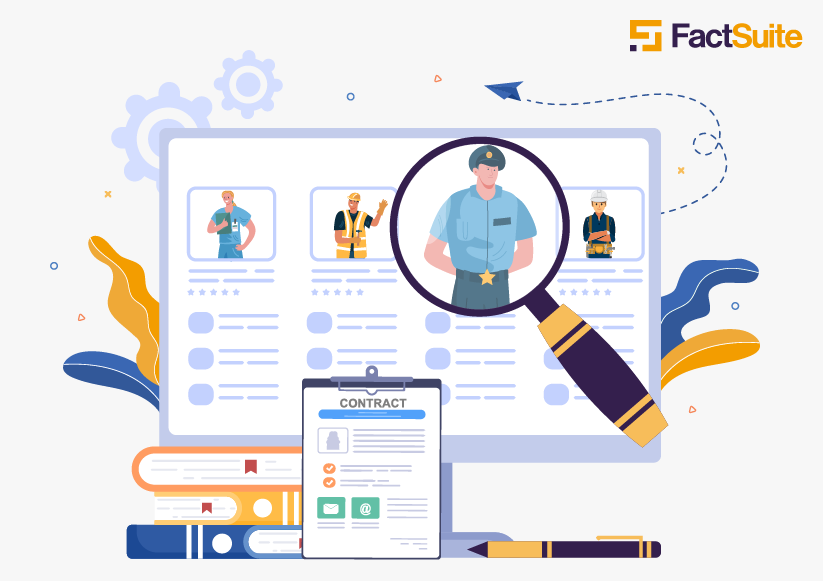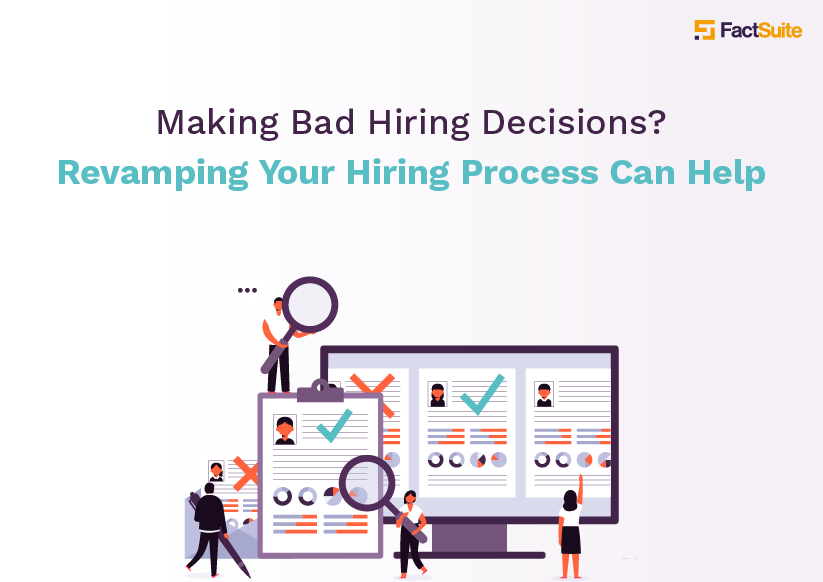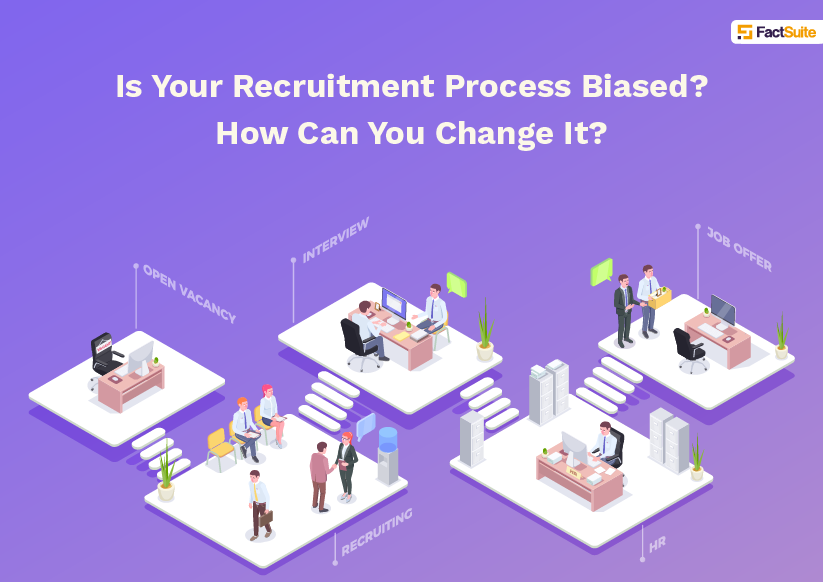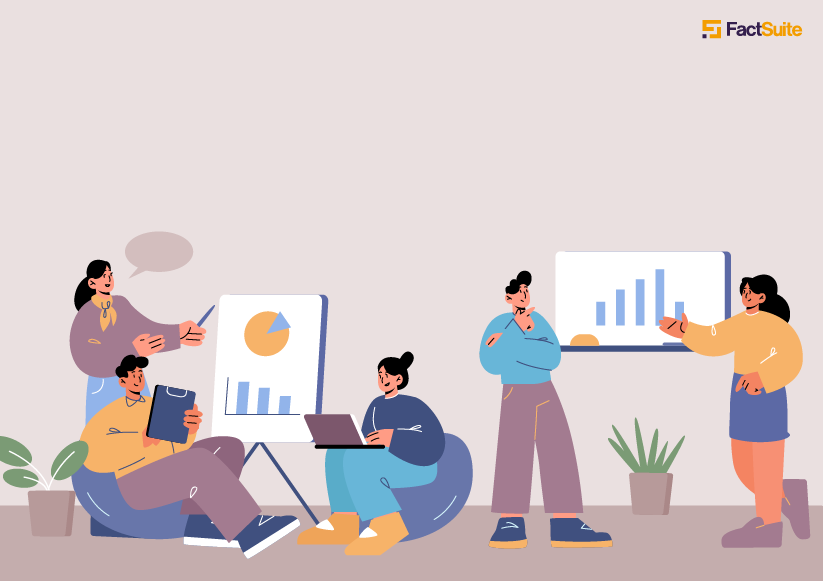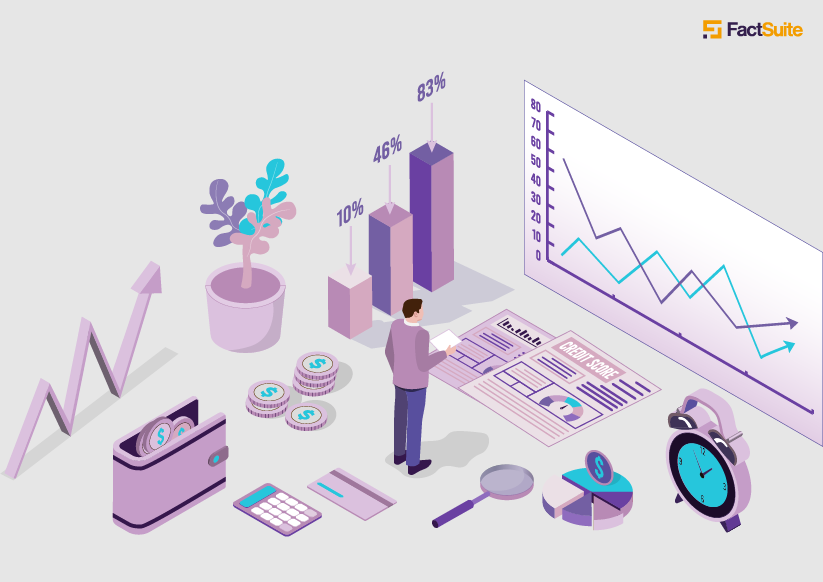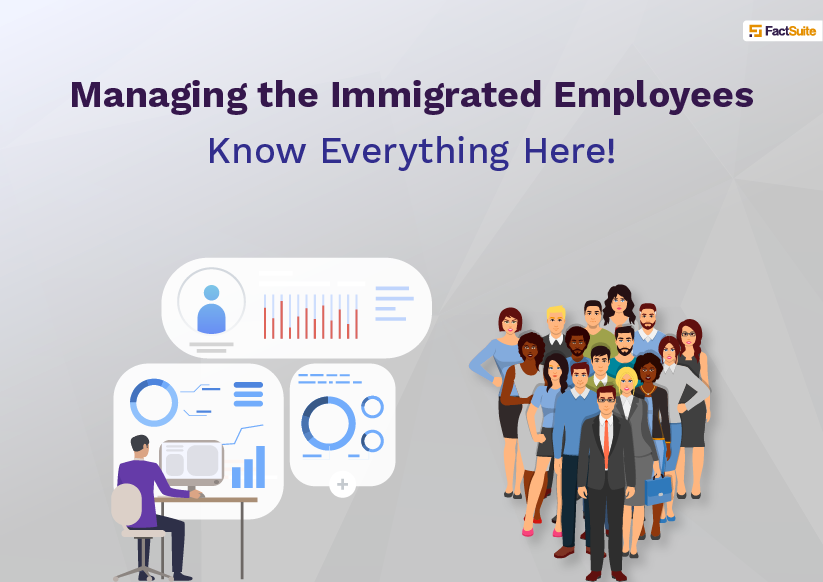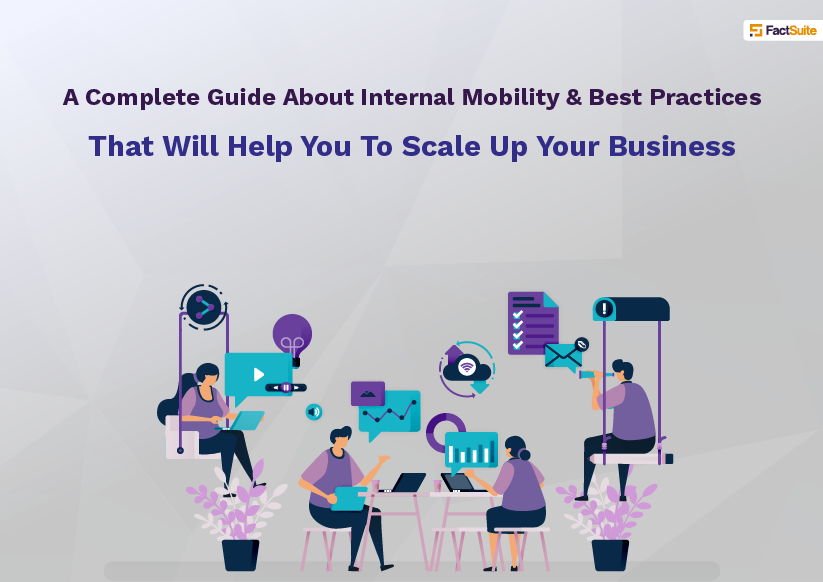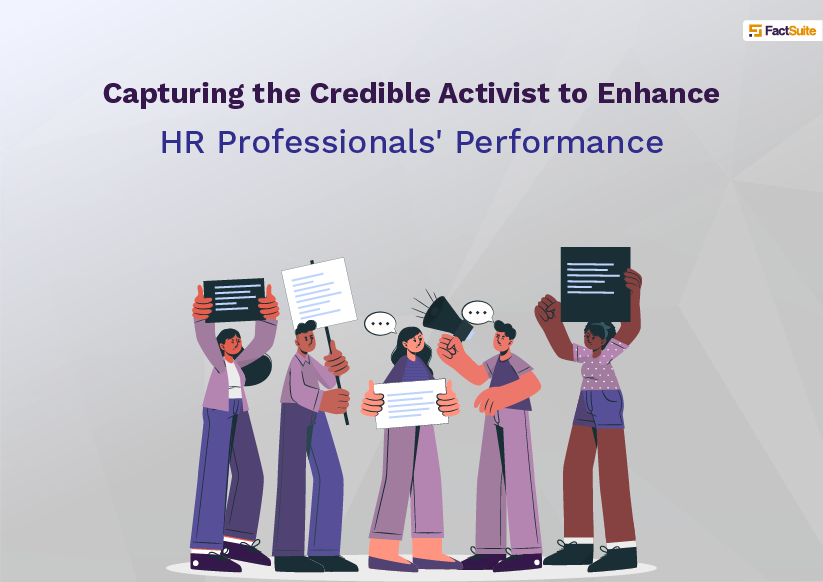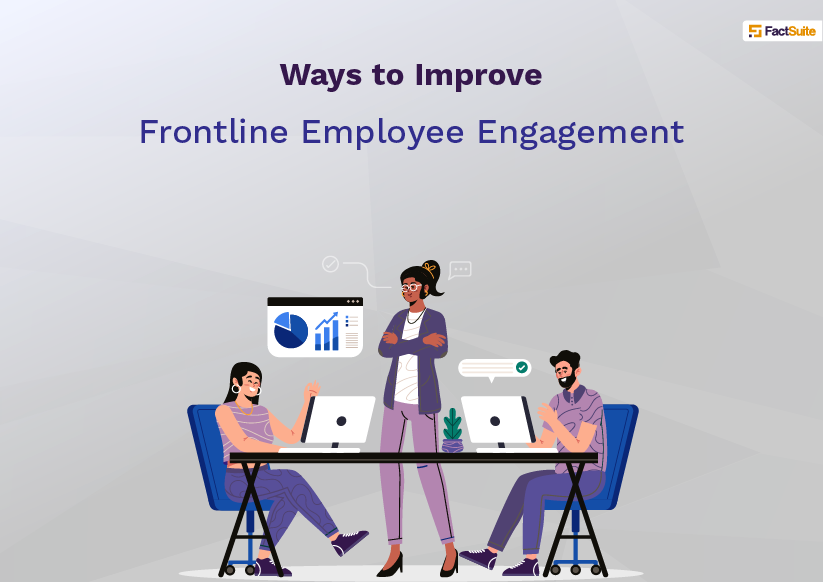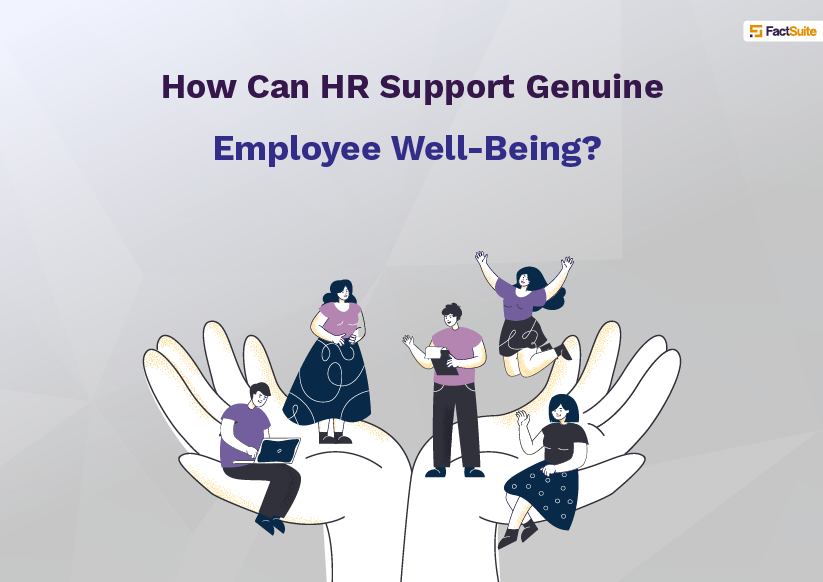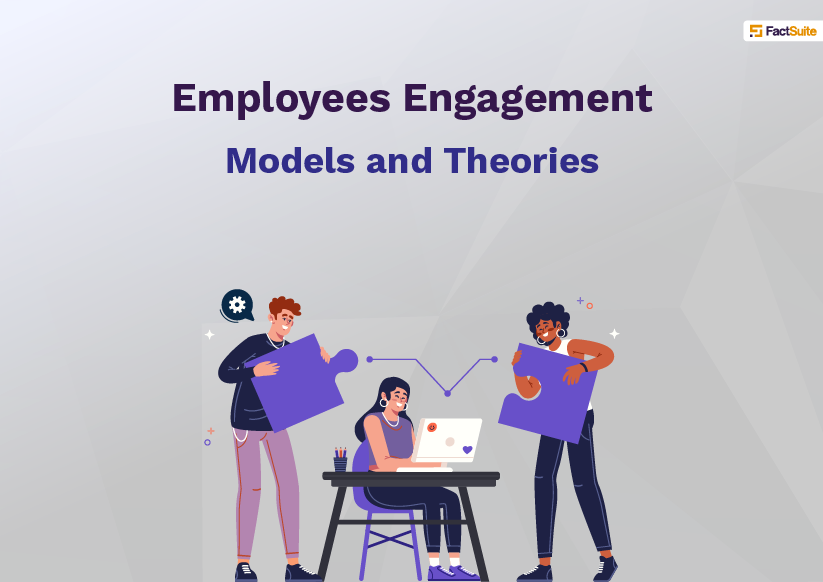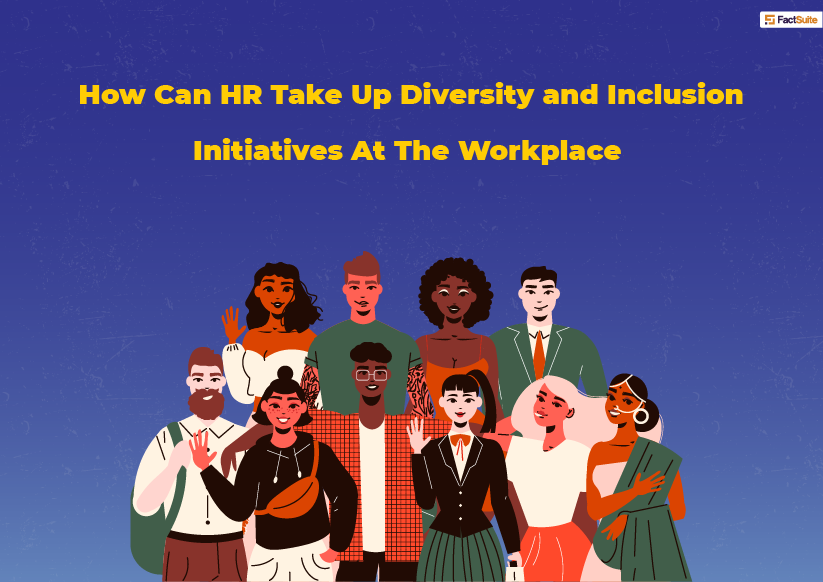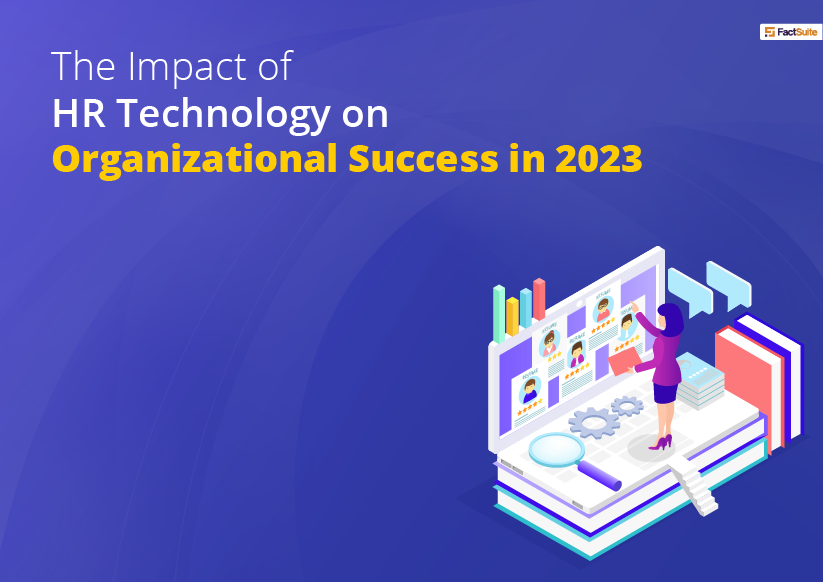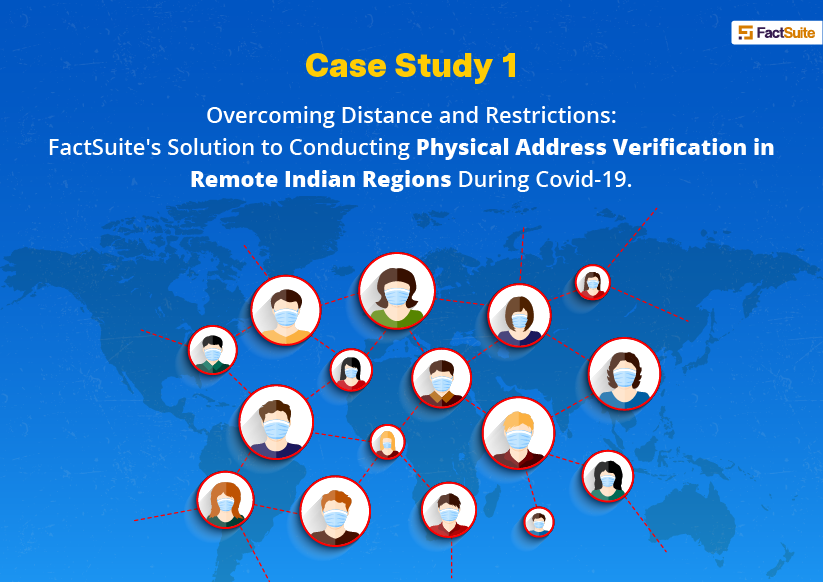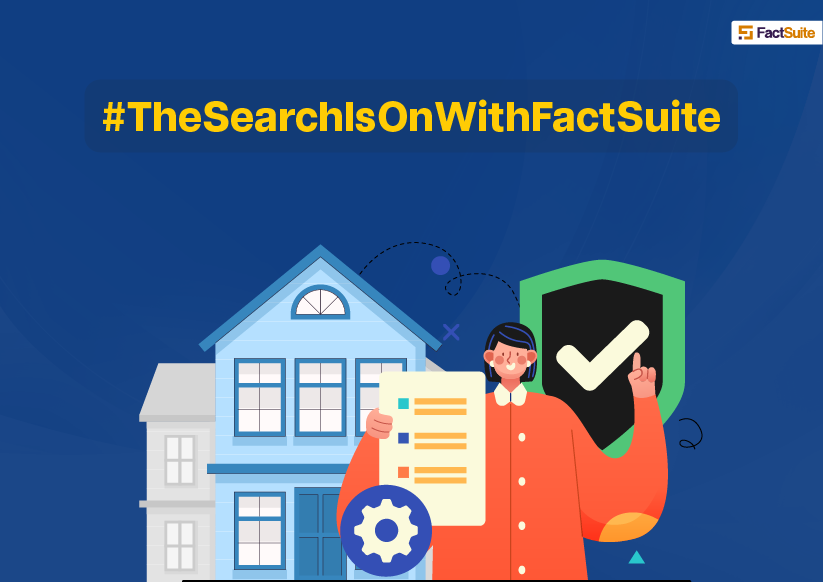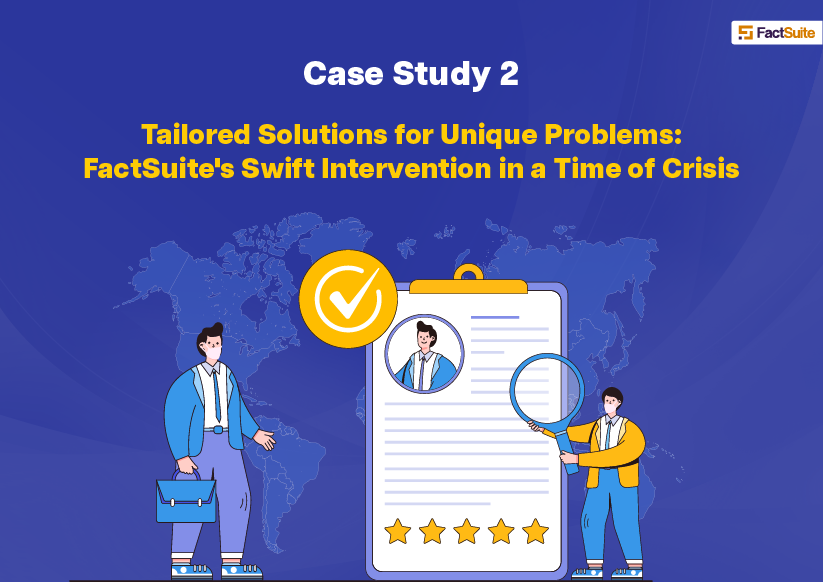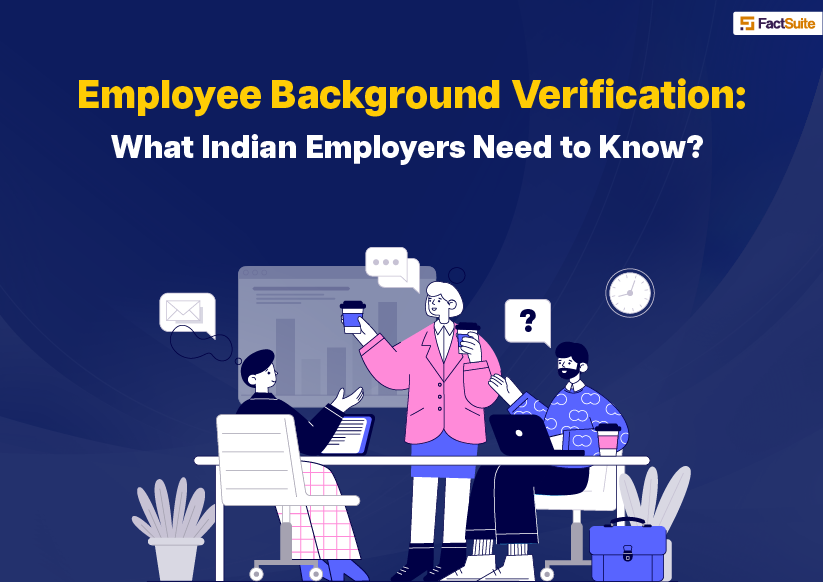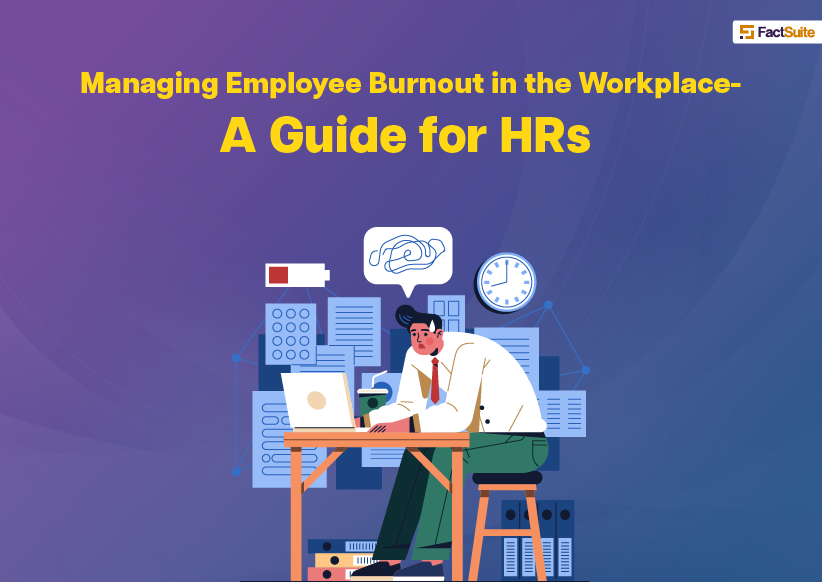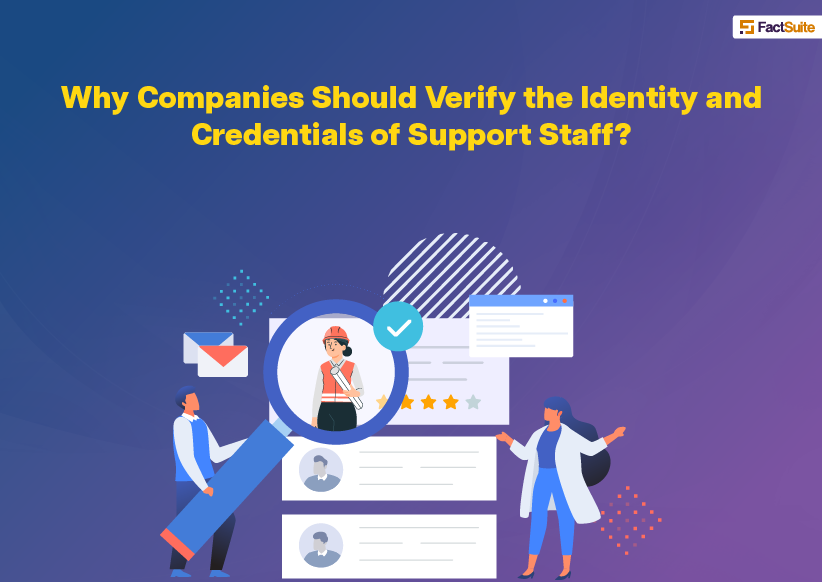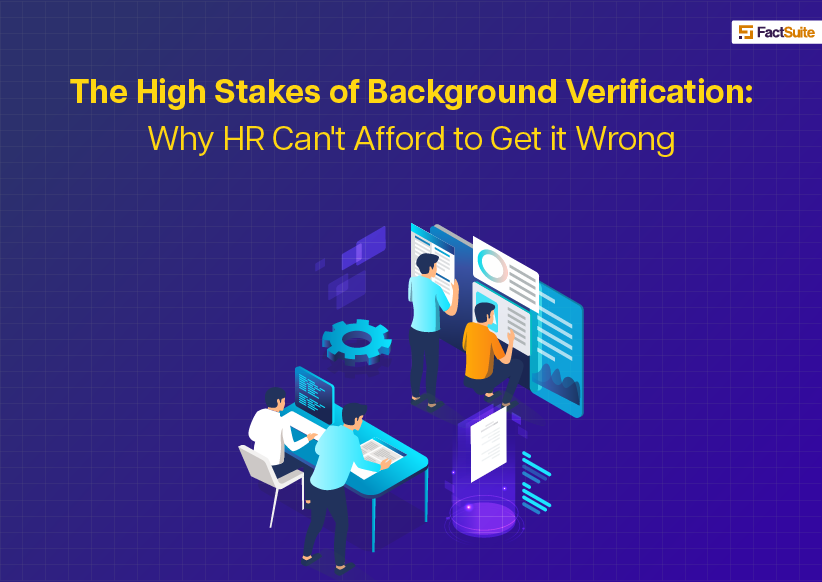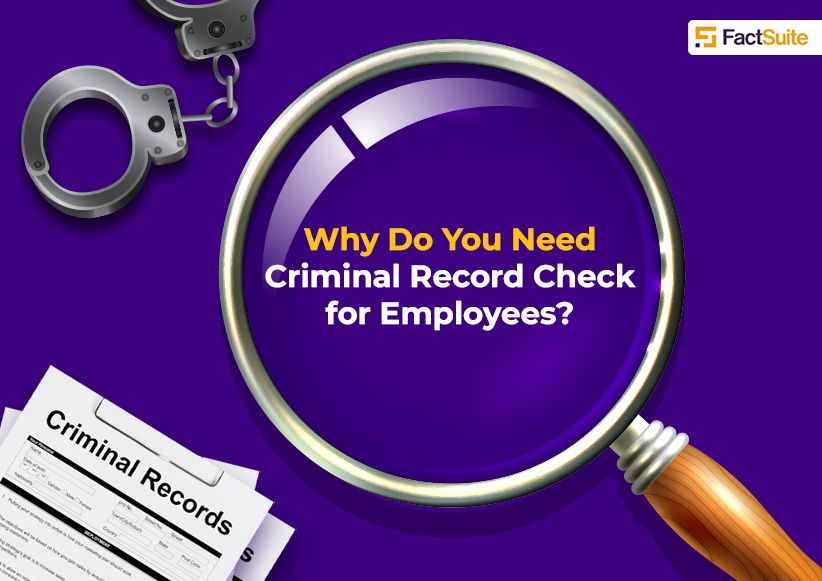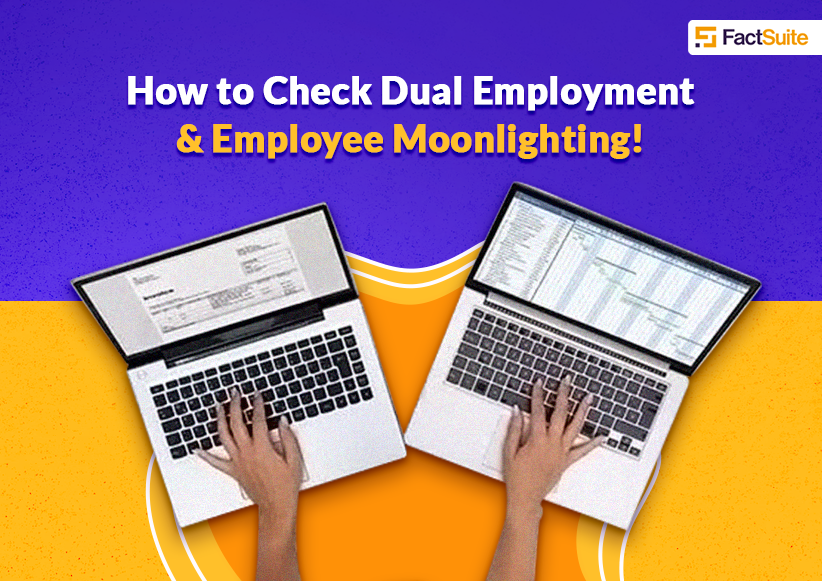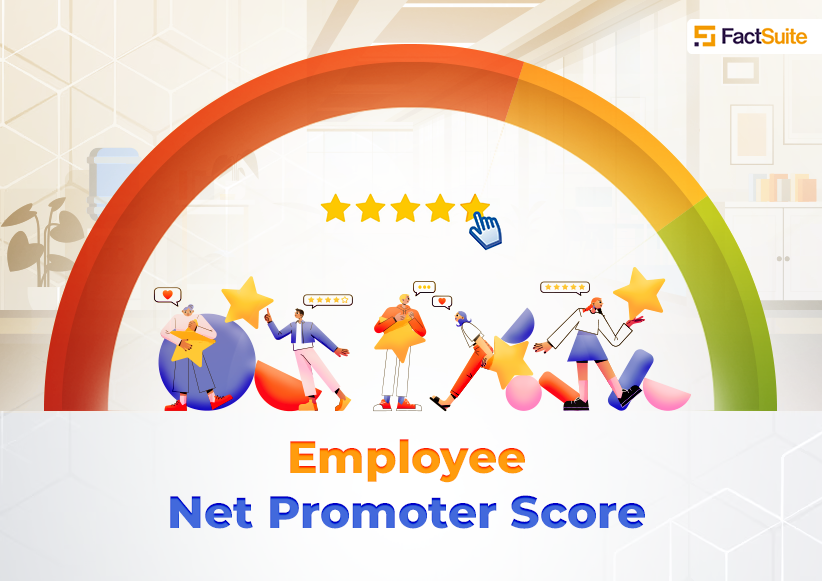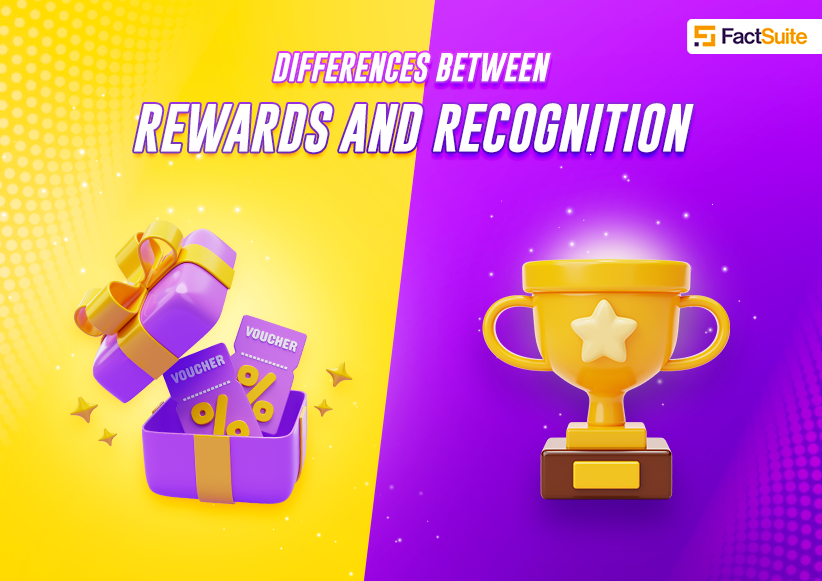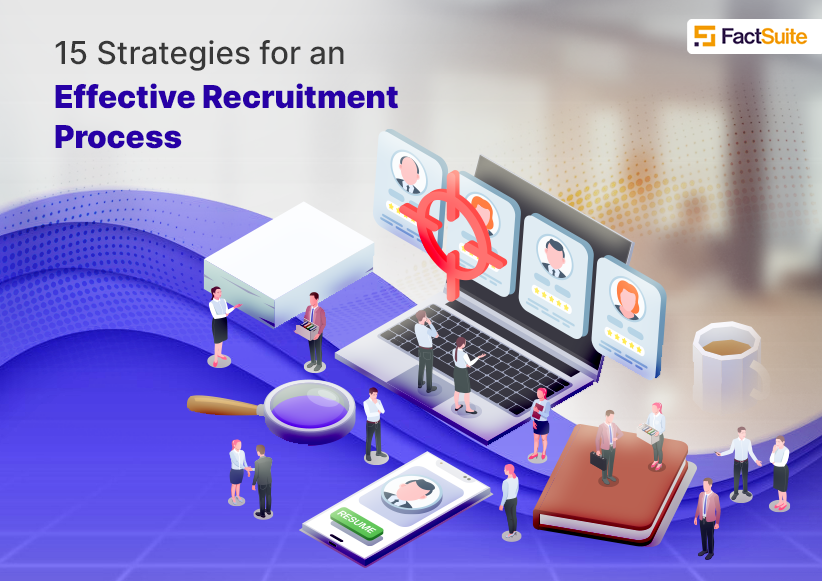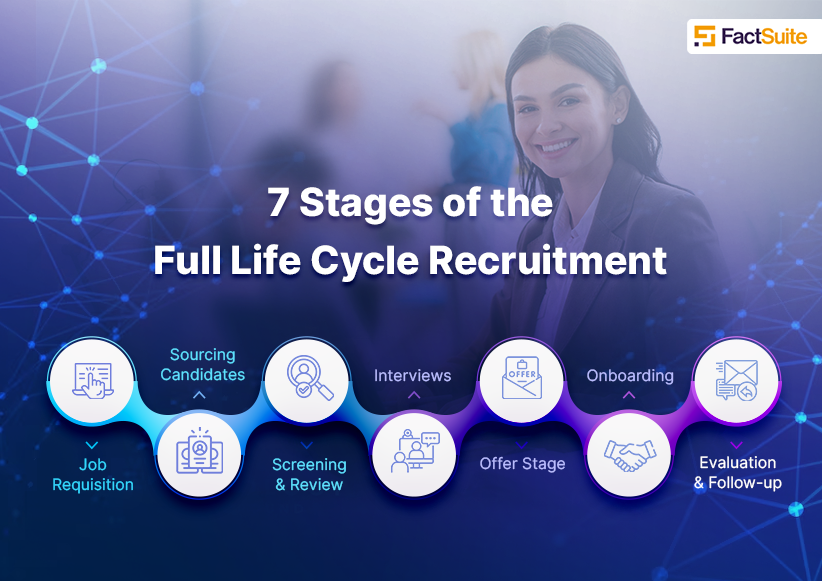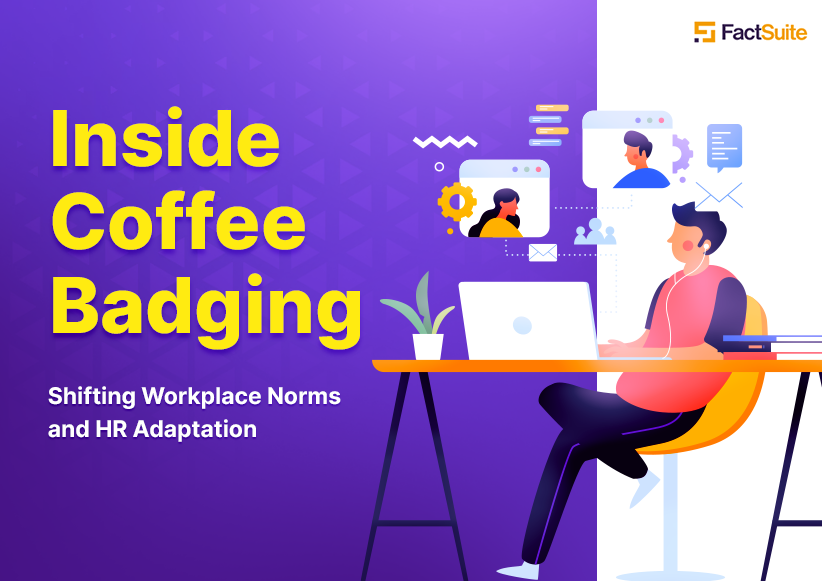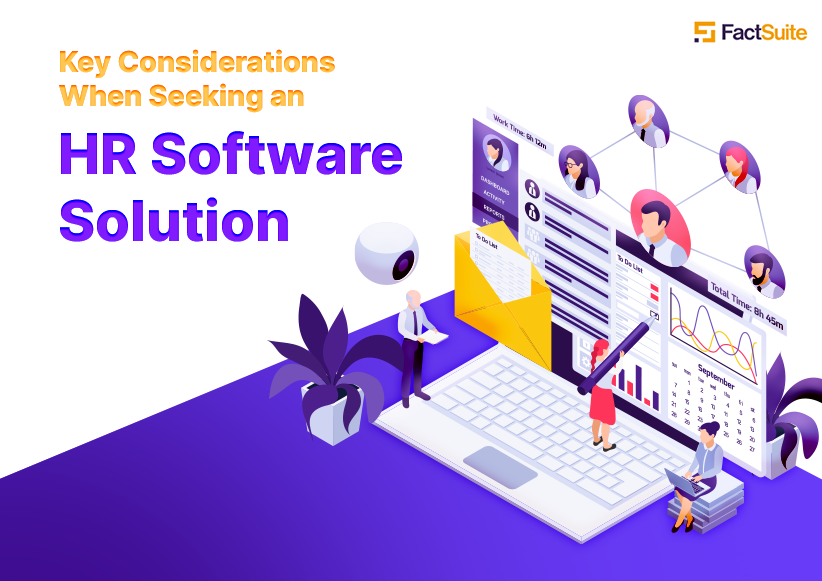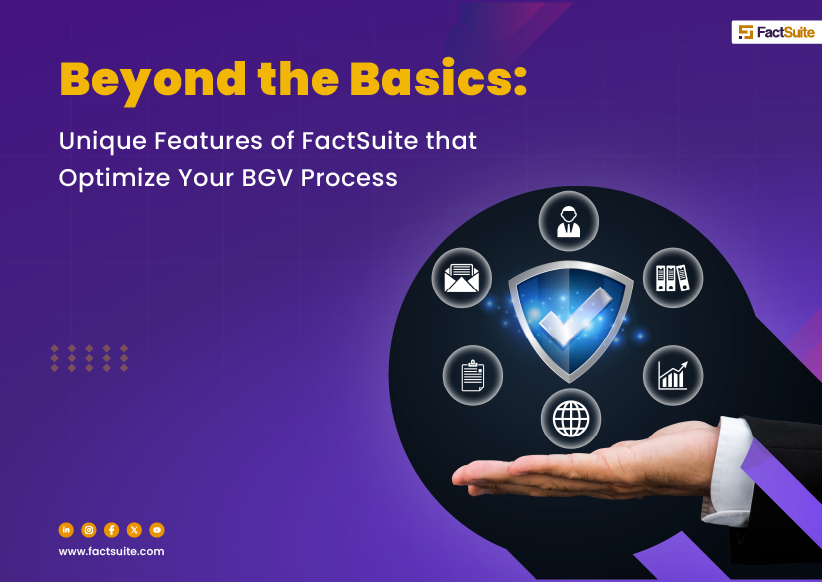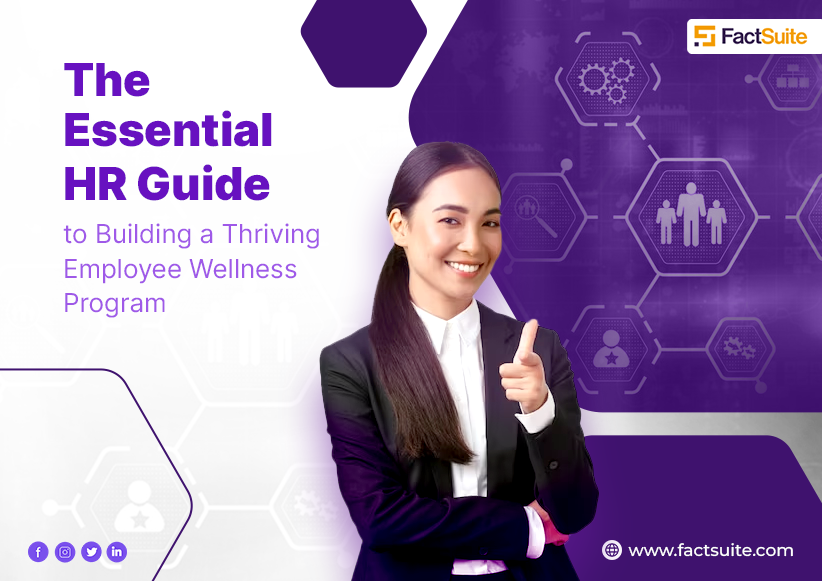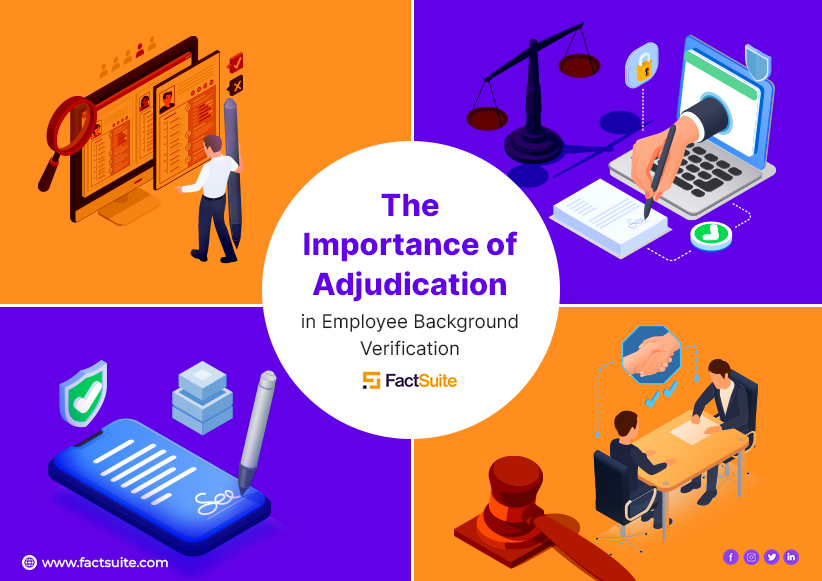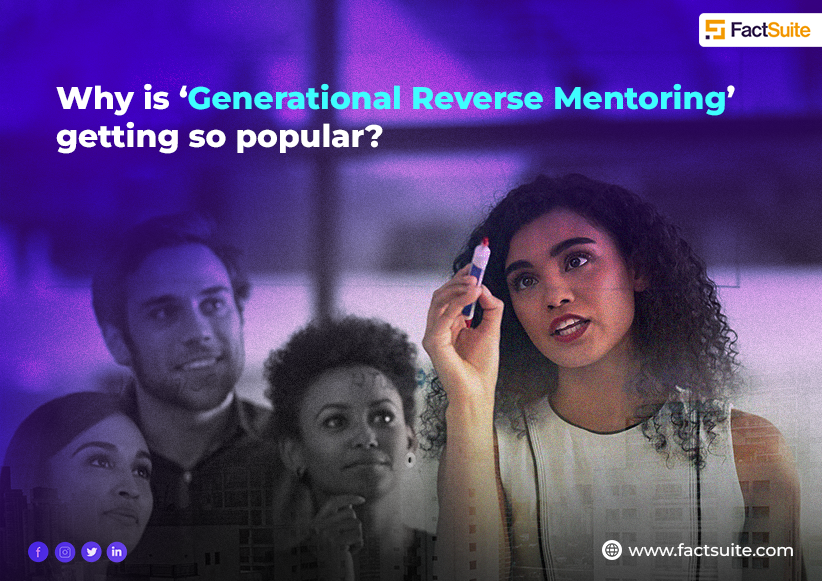10 Main Objectives of Human Resource Management (HRM)
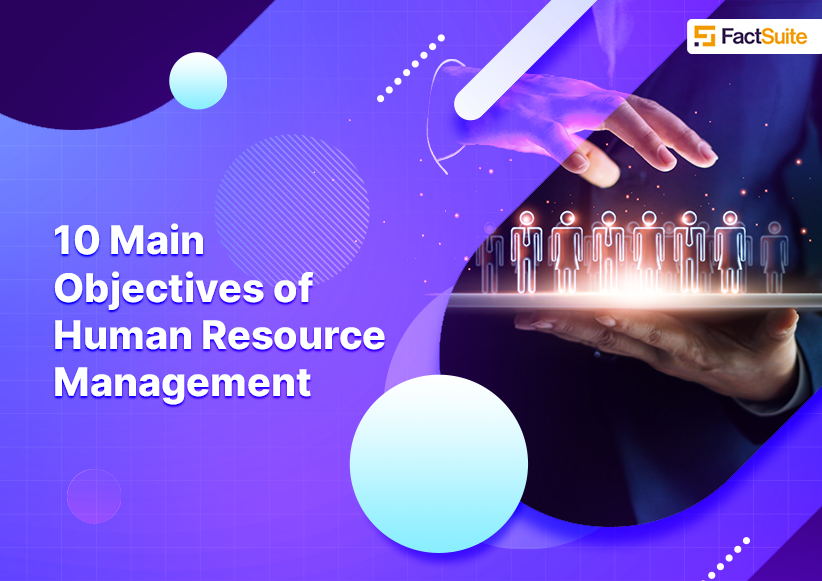
Amidst the rapidly evolving landscape of modern businesses, the strategic significance of Human Resource Management (HRM) emerges as a pivotal factor for organizational success. Understanding the core objectives of HRM becomes imperative in effectively harnessing and maximizing human capital. This comprehensive guide serves as an illuminating exploration into the foundational objectives that underpin HRM's critical role within contemporary organizations.
HRM assumes the role of a guiding force steering organizations through the complexities of talent acquisition, development, and retention. These key objectives not only signify the backbone of HRM but also epitomize its indispensable function in driving organizational growth, longevity, and success.
As businesses navigate technological advancements, demographic shifts, and global transformations, the relevance of HRM transcends operational frameworks. It becomes the architect of strategies that seamlessly align human potential with organizational goals, forging a path toward sustainable success in an era defined by dynamism and change.
This guide embarks on an illuminating journey, delving deeply into the essence of HRM's objectives. By dissecting each fundamental objective, it aims to unravel the intricate web that defines the core of Human Resource Management, elucidating its profound impact on organizational efficiency, resilience, and the achievement of strategic objectives.
Table of Contents
- What is Human Resource Management (HRM)?
- Role of Human Resource Management (HRM)
- Recruitment and Selection
- Training and Development
- Performance Management
- Employee Relations
- Compensation and Benefits
- Legal Compliance
- 10 Main Objectives of Human Resource Management (HRM)
- Strategic Workforce Planning
- Talent Acquisition
- Training and Development
- Performance Management
- Employee Engagement
- Compensation and Benefits
- Workplace Health and Safety
- Diversity and Inclusion
- Employee Relations
- Legal Compliance
- FAQs
- How to make Human resource management easy?
- How do you distinguish between the aim and objective of HRM?
- What are the main objectives of human resource management?
- What are the 5 importance of human resource management?
What is Human Resource Management (HRM)?
Human Resource Management (HRM), commonly referred to as HRM, stands as the deliberate and strategic orchestration of an organization's workforce. It encompasses a comprehensive and systematic methodology overseeing every facet of employee engagement within an organizational framework. This includes the intricate processes of talent acquisition, meticulous selection procedures, the nurturing and development of skills through training initiatives, meticulous performance evaluations, and the cultivation of an environment that fosters productivity and growth.
At its essence, HRM serves a profound purpose: to harness the intrinsic value held within an organization's human capital, ensuring that individuals' competencies and proficiencies are optimally aligned with the overarching strategic objectives of the company. By harmonizing the unique talents, knowledge, and proficiencies of each individual with the grander vision of the organization, HRM endeavors to maximize their collective contribution to the company's prosperity and success.
Fundamentally, HRM transcends beyond the mere administrative handling of personnel matters; it embodies a strategic philosophy that seeks to elevate the potential of the workforce, ensuring that each employee becomes a vital agent in the realization of the company's objectives and ambitions. This holistic approach positions HRM as the cornerstone of a company's ability to effectively leverage its human resources in attaining and sustaining competitive advantage within the ever-evolving business landscape.
Role of Human Resource Management (HRM)
The role of HRM within an organization is multifaceted and integral to its success. It involves a range of responsibilities aimed at managing and developing the workforce. These responsibilities include:
-
Recruitment and Selection: Identifying the talent needs of the organization, sourcing candidates, and selecting the most suitable individuals for specific roles.
- Training and Development: Enhancing the skills and knowledge of employees through training programs and developmental opportunities to support their growth within the organization.
- Performance Management : Evaluating and improving employee performance through regular feedback, setting objectives, and providing necessary support.
- Employee Relations: Handling conflicts, fostering a positive work culture, and ensuring healthy relationships among employees.
- Compensation and Benefits :Designing competitive compensation packages and benefits to attract and retain talent while aligning with the organization's financial goals.
- Legal Compliance:Ensuring adherence to labour laws, regulations, and ethical standards to maintain a lawful and ethical work environment.
HRM plays a pivotal role in managing human capital, aligning it with the company's strategic objectives, and fostering an environment where employees can thrive and contribute effectively to the organization's success.
10 Main Objectives Of Human Resource Management (HRM)
Human Resource Management (HRM) objectives aim at optimizing the utilization of human capital within an organization. These Human Resource Management objectives delineate the strategic goals that HRM works to achieve. The ten primary objectives include:
-
Strategic Workforce Planning
HRM engages in forecasting and planning the organization's future workforce needs. This involves analysing the current workforce, identifying skill gaps, and strategizing to ensure the right talent is available at the right time to meet the organization's long-term objectives. It aligns human resources with the company's strategic goals.
-
Talent Acquisition
This objective focuses on sourcing, attracting, and recruiting top talent. HRM identifies the skills and qualities required for various roles, devises effective recruitment strategies, conducts interviews, and selects candidates who best fit the organization's culture and needs. It aims to build a talented and diverse workforce.
-
Training and Development
HRM designs and implements training programs to enhance employee skills, knowledge, and capabilities. It identifies skill gaps, provides ongoing learning opportunities, workshops, and mentorship to improve job performance, adaptability, and career growth. This objective ensures employees are equipped to meet evolving job demands.
-
Performance Management
HRM establishes systems to monitor and evaluate employee performance. This involves setting clear goals, providing regular feedback, conducting performance appraisals, and recognizing achievements. It aims to improve productivity, identify areas for development, and align individual performance with organizational objectives.
-
Employee Engagement
Creating an environment where employees feel motivated, engaged, and committed to their work is a key objective. HRM fosters a positive workplace culture, encourages open communication, recognizes employee contributions, and implements initiatives to boost morale and job satisfaction.
-
Compensation and Benefits
HRM designs competitive compensation packages and benefits tailored to attract, retain, and motivate employees. This includes salaries, bonuses, healthcare, retirement plans, and other perks aligned with the organization's budget and industry standards.
-
Workplace Health and Safety
Ensuring a safe and healthy work environment is a priority. HRM implements policies and procedures to comply with safety regulations, conducts safety training, promotes wellness programs, and addresses any workplace hazards to safeguard employee well-being.
-
Diversity and Inclusion
Promoting diversity and fostering an inclusive workplace culture is essential. HRM embraces differences in gender, race, ethnicity, background, and perspectives. It creates policies and initiatives to ensure fairness, equality, and respect among all employees, fostering innovation and creativity.
-
Employee Relations
HRM handles employee grievances, conflicts, and concerns. It mediates disputes, promotes effective communication, and fosters positive relationships among employees and between employees and management to maintain a harmonious work environment.
-
Legal Compliance
Ensuring adherence to labor laws, regulations, and ethical standards is vital. HRM stays updated with laws related to employment, discrimination, labor practices, and workplace safety. It ensures the organization complies with these regulations, mitigating legal risks and maintaining ethical practices.
These 10 objectives collectively form the strategic framework through which HRM manages human resources, fostering a conducive work environment and contributing to organizational success and sustainability.
FAQs
1. How to make Human Resource Management easy?
Human Resource Management (HRM) can be streamlined by adopting several practices:
- Utilizing Technology: Implementing HR software and systems can automate processes like payroll, recruitment, and performance management, reducing manual workload.
- Clear Policies and Procedures: Developing and communicating clear HR policies and procedures simplifies decision-making and ensures consistency in handling various HR functions.
- Training and Development: Providing continuous training to HR professionals helps them stay updated with industry trends, regulations, and best practices, enabling more effective management.
- Effective Communication: Open and transparent communication within the HR department and with other departments fosters collaboration and clarity, making processes smoother.
2. How do you distinguish between the aim and objective of HRM?
- Aim of HRM: The aim or goal of HRM refers to the broader, long-term purpose it serves within an organization. It's about strategically managing human capital to contribute to the achievement of organizational objectives and goals. The aim involves aligning HR practices with the overall organizational strategy.
- Objective of HRM: Objectives are specific, measurable, and achievable goals that HRM aims to accomplish. These are the targeted outcomes or milestones within HRM that contribute to fulfilling the broader aim. Objectives can include things like talent acquisition, employee development, performance management, etc.
3. What are the main objectives of human resource management?
The main objectives of Human Resource Management encompass various facets:
- Talent Acquisition: Acquiring and retaining skilled and suitable employees.
- Training and Development: Enhancing employee skills and knowledge.
- Performance Management: Improving and evaluating employee performance.
- Employee Engagement: Fostering a motivated and committed workforce.
- Compensation Management: Designing fair and competitive compensation packages.
- Workplace Health and Safety: Ensuring a safe and healthy work environment.
4. What are the 5 importance of human resource management?
- Strategic Alignment: HRM aligns human capital with organizational goals, driving efficiency and productivity.
- Talent Management: Attracting, retaining, and developing top talent to sustain competitiveness.
- Employee Satisfaction: Fostering a positive work environment that enhances morale and engagement.
- Legal Compliance: Ensuring adherence to labor laws and regulations, mitigating legal risks.
- Organizational Development: HRM supports the growth and development of the organization through effective workforce management and planning.

